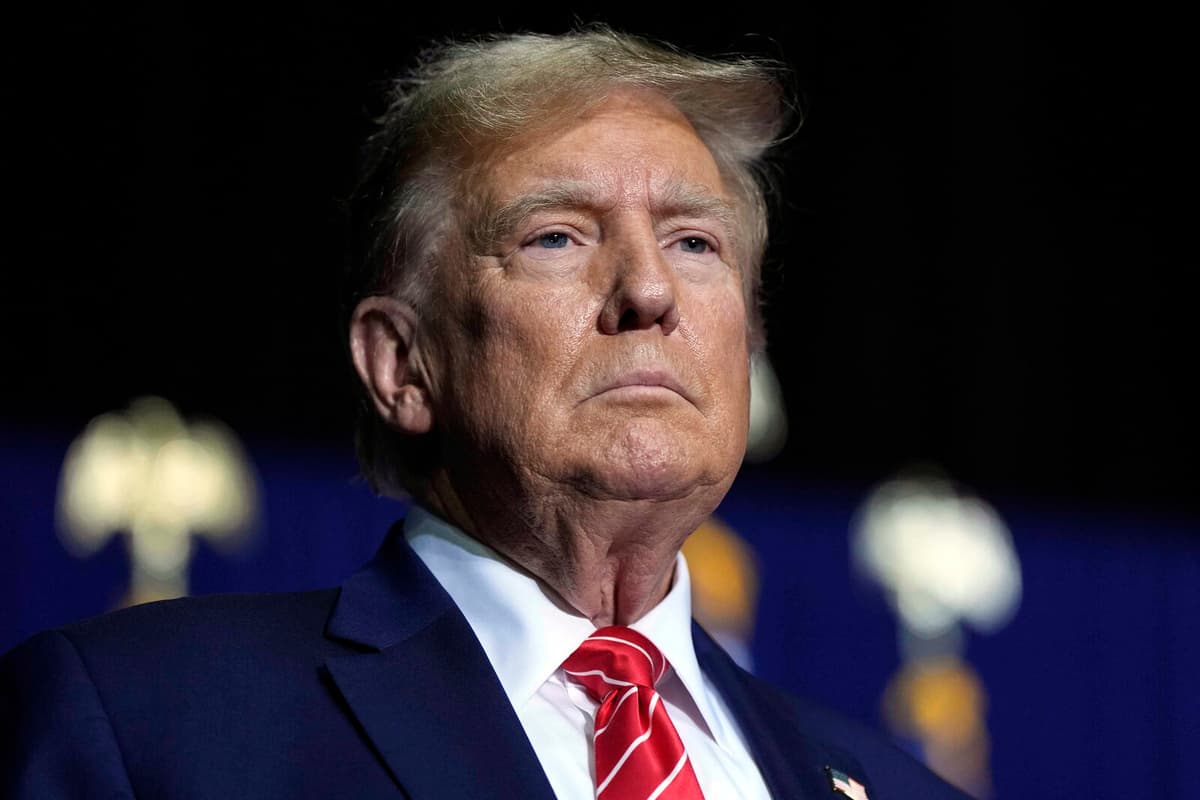If Donald Trump wants to introduce new tariffs against the EU as quickly as those he has flagged against Mexico and Canada, he may need to declare new states of emergency. One should not rule out that he does so – perhaps against the entire world – according to Elisabet Kopelman, a US economist at the major bank SEB.
He is constantly pushing the legal boundaries, she says.
The currently paused tariffs against Mexico and Canada seem to be about pressuring for actions – specifically more resources against migration and drug smuggling to the USA.
To create jobs in the USA
But there is also a geopolitical connection. Among other things, Trump says that Canada should be incorporated into the USA – and then could avoid tariffs.
When it comes to the EU, Trump often returns to the issue that Europe is treating the USA unfairly and poorly – not least when it comes to American tech companies. He also points out that the European NATO countries' defense spending is too small – and that Denmark should hand over Greenland to the USA.
Trump also sees tariffs as a tool to force large companies to create jobs and build factories in the USA. Moreover, he claims that they can finance tax cuts and reforms in the USA – which gives the impression that he wants them to remain in place for a long time.
This could indicate that he wants some form of general tariffs against the rest of the world – and then the EU would also be affected, says Kopelman.
"A very clear signal"
Last weekend's announcement of 25 percent tariffs against Canada and Mexico – two close allies of the USA – and an increase in tariffs against China came unexpectedly quickly.
This sends a very clear signal that Donald Trump has no problem with imposing tariffs on close allies. This increases the likelihood that the tariffs against the EU will be tougher this time than last time Trump was in the White House, says Kopelman.
Swedish export companies without large facilities in the USA may be severely affected. According to Lena Sellgren, chief economist at Business Sweden, 18 percent of Swedish export companies' global sales take place in the USA.
Many politicians argue that the EU must respond strongly to new US tariffs. Sellgren is not so sure that it is the best response.
It may be wise to respond quite restrained, so as not to escalate a trade war. That would be a bad way forward: for Sweden, Europe, and globally.
Joakim Goksör/TT
Facts: Risk of "new-old" US tariffs in April
TT
The USA and the EU have no trade agreement. Trade between EU countries like Sweden and the USA is instead regulated by a number of agreements negotiated through the World Trade Organization (WTO).
The WTO agreements set a ceiling for how high tariffs the USA can impose on different product groups from EU countries and vice versa.
For trucks exported to the USA, the tariff is currently 25 percent. For textiles, it is 19.7 percent. For furniture, the WTO ceiling for tariffs is 5 percent, but the USA currently imposes no tariff on furniture from the EU.
Even for other product groups, the USA applies a lower tariff rate than the ceiling set by the WTO agreements. On average, the USA's applied tariff rate is 3 percent.
During President Donald Trump's previous term, new tariffs were introduced (2018) on steel and aluminum from the EU – which meant that the USA exceeded the WTO agreements' tariff ceiling. The EU responded by introducing tariffs on a range of products from the USA, including juice, motorcycles, and bourbon.
The Biden administration made a deal with the EU Commission in 2021 to freeze the tariffs. This agreement expires on March 31, 2025. The tariffs that were frozen will come into effect again if the parties do not reach a new agreement.
Source: National Board of Trade





